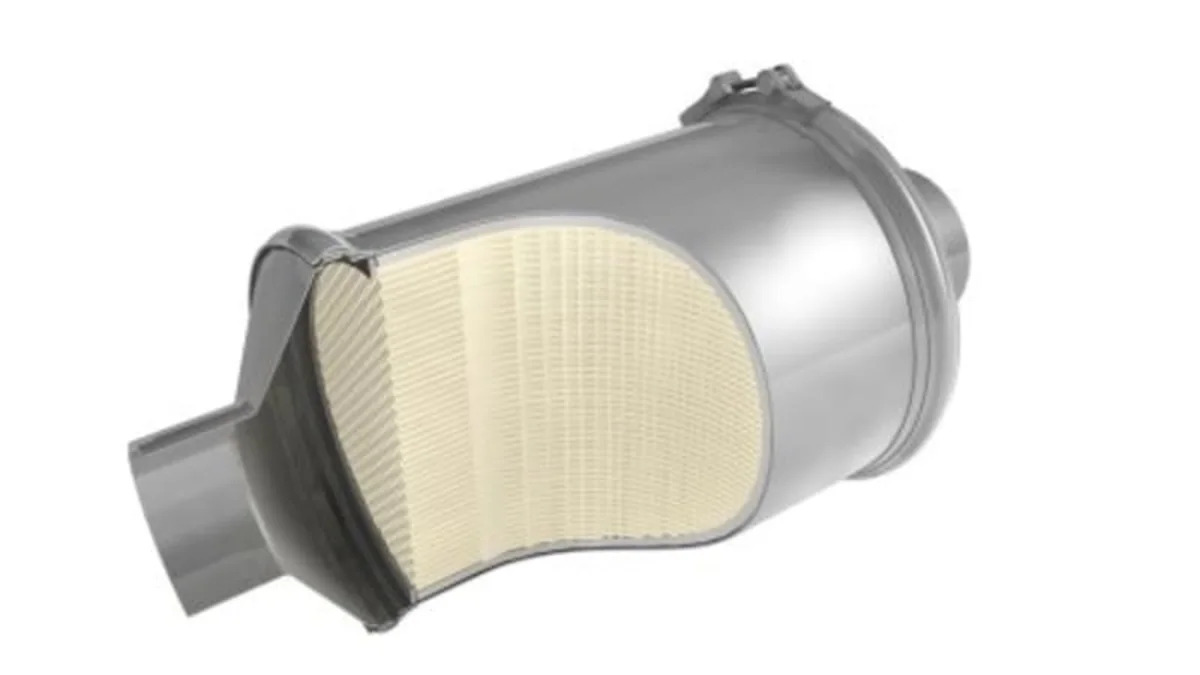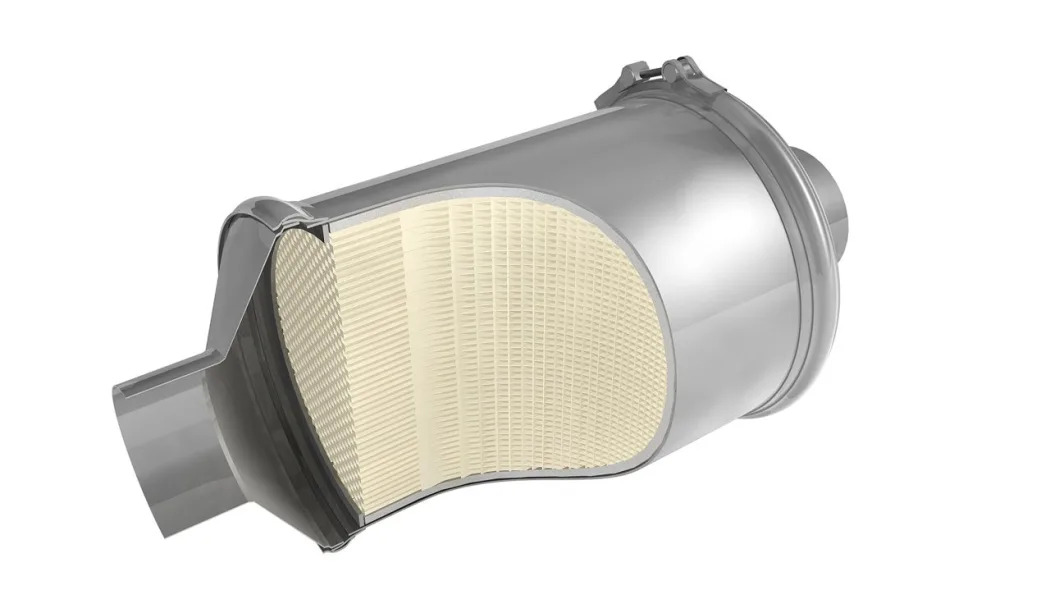Catalytic converters are quite common for gasoline engines but diesel catalysts are less known, in part because they face greater challenges. Still, diesel catalysts have not disappeared because they are efficient and, when you start your car, they don't produce heaps of CO2. Their main problem is the large amount of carbon particulates (soot) and nitrogen oxides in the exhaust gas. Standard three-way converters are not effective because of the high oxygen content of these gases. BASF is on the case, though. BASF's catalyst researcher Bob Farrauto said, "To solve this problem, we have developed special diesel oxidation catalysts combined with particulate filters which trap the soot and periodically oxidize it using a combination of catalysts and engine controls."
What about nitrogen oxides, which are the main source of acid rain? NOx storage devices or traps are incorporated into the catalyst to first store the nitrogen oxides which are then converted to nitrogen. The storage catalyst is regenerated afterwards. Alternatively an ammonia-carrying liquid (i.e. urea) can be injected into the exhaust and passed over a highly selective catalyst which converts the NOx into N2.
What about nitrogen oxides, which are the main source of acid rain? NOx storage devices or traps are incorporated into the catalyst to first store the nitrogen oxides which are then converted to nitrogen. The storage catalyst is regenerated afterwards. Alternatively an ammonia-carrying liquid (i.e. urea) can be injected into the exhaust and passed over a highly selective catalyst which converts the NOx into N2.
[Source: BASF]



Sign in to post
Please sign in to leave a comment.
Continue